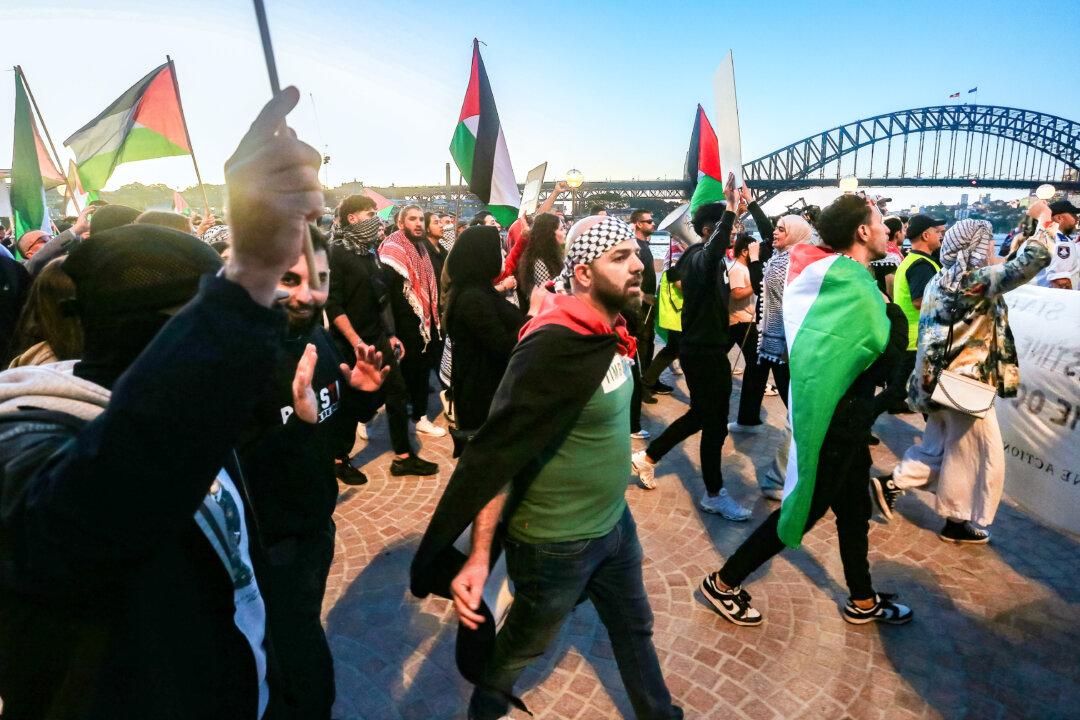Australia’s Labor government will pour $1.2 billion (US$764 million) into a new strategic reserve of critical minerals in a bid to build an alternative supply chain to China.
Prime Minister Anthony Albanese, campaigning ahead of the May 3 federal election, said the investment was part of efforts to boost economic resilience.
“We need to do more with the natural resources the world needs, and that Australia can provide,” Albanese said in Perth on April 24.
The funding will allow the government to buy minerals from commercial projects or set purchase options at fixed prices.
Stockpiles of some minerals will be created under offtake agreements.
“It will mean we can deal with trade and market disruptions from a position of strength, because Australia will be able to call on an internationally significant quantity of resources in global demand,” he said.
Labor Defends Plan as ‘Game Changer’
Resources Minister Madeleine King said the move would stabilise volatile markets.“What it does is actually provides price certainty in a market [that] is extraordinarily opaque. It’s very difficult to work in international markets in these minerals because of that opaqueness and also the fact that it is dominated by one supplier,” she said.
King called the reserve a “game changer,” noting it would work alongside production tax credits and an expanded Critical Minerals Facility.
Western Australia (WA) Premier Roger Cook welcomed the announcement, saying the strategic reserve was “fundamental” to expanding the state’s resource sector.
Similarly, the Minns Labor government in New South Wales (NSW) expressed support, as its own projects soon begin production.
“The critical minerals strategic reserve also complements the Minns Labor government’s efforts ... including through our $250 million royalty deferral, which begins on July 1, 2025.”
‘Reheat and Rehash’: Opposition Says
Opposition Leader Peter Dutton dismissed the announcement as a recycled promise with little substance.“It was a ‘reheat and a rehash’ and a reannouncement with no delivery,” he said.
Opposition resources spokesperson Susan McDonald described the plan as “an admission of policy failure” and said it showed the government was “laughably unprepared and late.”
But Dutton acknowledged the importance of securing critical minerals.
Industry Split Over Impact
The Association of Mining and Exploration Companies (AMEC) welcomed the initiative.“This is a positive step forward that aligns with the critical minerals production tax incentive and will provide a major boost for the developing critical minerals industry in Australia,” said AMEC Chief Executive Warren Pearce.
“It will provide support to the private sector and assist international investors and partners with the upfront capital costs of new projects.”
However, Minerals Council of Australia (MCA) CEO Tania Constable took a more cautious view. While she welcomed investment in critical minerals, she questioned the effectiveness of a strategic reserve.
“Australia has what the world needs in abundance, and our companies are already providing critical minerals directly into international markets, including the United States, South Korea and Japan,” Constable said.
“But whether a Critical Minerals Strategic Reserve is the best approach remains to be seen. This initiative is certainly not without domestic risk and may impact the commercial viability of operations through continued downward pressure on commodity prices.”
She said the plan should be evaluated alongside other opportunities to support the mining sector.
Freight rail buyback also announced
Separately, Albanese unveiled plans to help deprivatise WA’s regional freight rail network, starting with an initial $2.5 million payment to return the Eastern Goldfields Railway to public ownership.“This will ensure this vital line is maintained to the proper standard, and it will cut costs for producers and consumers and boost productivity in every length of the WA supply chain,” he said.
During the WA election, the Cook government pledged to reclaim the Wheatbelt freight rail network 25 years ahead of the lease’s 50-year expiry.







